NEW HAVEN, Conn., U.S.: With between 100 and 200 different strains of bacteria in the human mouth at any one time, the oral cavity can be a highly contested space. In a new study, scientists have suggested that the effects of antibiotics on particular bacterial communities throughout the entire body depend on whether neighboring species have competitive or cooperative relationships, as well as their spatial arrangement.
Bacteria living in close proximity may have competitive interactions, such as fighting for limited resources; or cooperative (mutualistic) interactions, such as one species producing a product that serves as food for the other. In the study, which was conducted by researchers from Yale University in New Haven and the Georgia Institute of Technology in Atlanta, the scientists set out to understand the role of mutualistic relationships.
“Too little is known about the ecology of microbial infections, especially what pathogens do and how they interact with their host’s resident microbes,” said co-author of the study Dr. Sylvie Estrela, from the Department of Ecology and Evolutionary Biology at Yale.
As part of the study, Estrela and co-researcher Dr. Sam Brown, associate professor at Georgia Tech’s School of Biological Sciences, modified an existing model of bacterial growth so that it could be used to predict how competitive or mutualistic interactions between antibiotic-resistant and -sensitive species might influence a two-species community’s response to antibiotic treatment. According to the study’s results, simulations showed that, between two competing species, antibiotic treatment suppressed the sensitive species while favoring growth of the resistant species. However, in the context of a mutualistic relationship, hitting the sensitive species with antibiotics also suppressed the resistant species, owing to their interdependency.
Additionally, Estrela and Brown found that spatial arrangement of individual bacterial cells influenced their response to antibiotics, with some resistant species able to deploy detoxification strategies against antibiotics, which can result in cross-protection of nearby sensitive cells. According to the researchers, this showed that such cross-protection is more effective among a mutualistic pair of sensitive and resistant species because mutualists tend to mix as they grow, while competing or noninteracting species tend to segregate.
Moving forward, Estrela and Brown will test their simulated predictions in the laboratory and use the results to refine the model in order to test new ideas and generate new hypotheses. “We hope our results will help draw attention to the fact that the community ecological and spatial context in which antibiotics are applied matters for treatment success,” said Estrela.
The study, titled “Community interactions and spatial structure shape selection on antibiotic resistant lineages,” was published in PLOS Computational Biology on June 21, 2018.
NEW YORK, U.S.: Many people enjoy a drink, and now researchers from the New York University (NYU) School of Medicine have identified that alcohol ...
STATE COLLEGE, Pa., U.S.: It is a well-known fact that individual differences in taste and smell perception decide whether a person likes or dislikes a ...
OKAYAMA, Japan: Researchers from Okayama University in their recent study looked into whether there was any relation between specific pattern concerning ...
LOUISVILLE, Ky., US: Researchers from the US have recently examined the role that oral microbes play in regulating antiviral responses in the oral cavity. ...
LA JOLLA, Calif., USA: Headaches and migraines in particular are widespread diseases, affecting the well-being and quality of life of millions of people ...
PHILADELPHIA, US: It was previously believed that Streptococcus mutans was the main microorganism responsible for dental caries. However, in a recent study,...
SAN JUAN, Puerto Rico/SPRING, Texas, U.S.: Mercury in dental amalgam contributes to global mercury pollution in multiple ways, such as the illegal diversion...
LONDON, UK: The latest results of a promising feasibility study which demonstrated the effectiveness of mitigation methods used in dental practices during ...
In today’s era of digital dentistry – simulations and digital treatment planning can significantly improve the level of communication between the ...
CHICAGO, Ill., USA: According to a new policy from the American Dental Association, point-of-care testing to screen patients for chronic diseases and other ...
Live webinar
Wed. 14 January 2026
10:30 pm IST (New Delhi)
Dr. Théo Laplane, Dr. Robert Gottlander DDS
Live webinar
Fri. 16 January 2026
10:30 pm IST (New Delhi)
Live webinar
Mon. 19 January 2026
11:30 pm IST (New Delhi)
Philipp Kopp, Michael Seeber
Live webinar
Thu. 22 January 2026
7:30 pm IST (New Delhi)
Prof. Judith Jones D.D.S; M.P.H., Prof. Kakuhiro Fukai D.D.S., Ph.D, Dr. Bathsheba (Bethy) Turton
Live webinar
Fri. 23 January 2026
12:30 am IST (New Delhi)
Dr. Nicola M. Grande DDS, PhD
Live webinar
Wed. 28 January 2026
6:30 pm IST (New Delhi)
Live webinar
Wed. 28 January 2026
9:30 pm IST (New Delhi)
Prof. Dr. Jan-Frederik Güth



 Austria / Österreich
Austria / Österreich
 Bosnia and Herzegovina / Босна и Херцеговина
Bosnia and Herzegovina / Босна и Херцеговина
 Bulgaria / България
Bulgaria / България
 Croatia / Hrvatska
Croatia / Hrvatska
 Czech Republic & Slovakia / Česká republika & Slovensko
Czech Republic & Slovakia / Česká republika & Slovensko
 France / France
France / France
 Germany / Deutschland
Germany / Deutschland
 Greece / ΕΛΛΑΔΑ
Greece / ΕΛΛΑΔΑ
 Hungary / Hungary
Hungary / Hungary
 Italy / Italia
Italy / Italia
 Netherlands / Nederland
Netherlands / Nederland
 Nordic / Nordic
Nordic / Nordic
 Poland / Polska
Poland / Polska
 Portugal / Portugal
Portugal / Portugal
 Romania & Moldova / România & Moldova
Romania & Moldova / România & Moldova
 Slovenia / Slovenija
Slovenia / Slovenija
 Serbia & Montenegro / Србија и Црна Гора
Serbia & Montenegro / Србија и Црна Гора
 Spain / España
Spain / España
 Switzerland / Schweiz
Switzerland / Schweiz
 Turkey / Türkiye
Turkey / Türkiye
 UK & Ireland / UK & Ireland
UK & Ireland / UK & Ireland
 International / International
International / International
 Brazil / Brasil
Brazil / Brasil
 Canada / Canada
Canada / Canada
 Latin America / Latinoamérica
Latin America / Latinoamérica
 USA / USA
USA / USA
 China / 中国
China / 中国
 Pakistan / Pākistān
Pakistan / Pākistān
 Vietnam / Việt Nam
Vietnam / Việt Nam
 ASEAN / ASEAN
ASEAN / ASEAN
 Israel / מְדִינַת יִשְׂרָאֵל
Israel / מְדִינַת יִשְׂרָאֵל
 Algeria, Morocco & Tunisia / الجزائر والمغرب وتونس
Algeria, Morocco & Tunisia / الجزائر والمغرب وتونس
 Middle East / Middle East
Middle East / Middle East



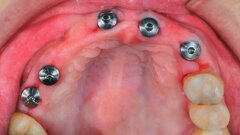
































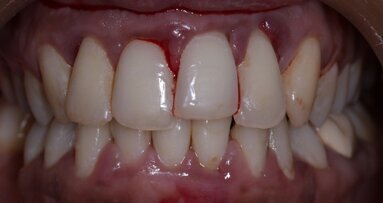


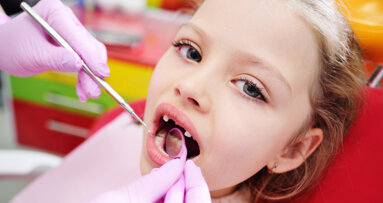
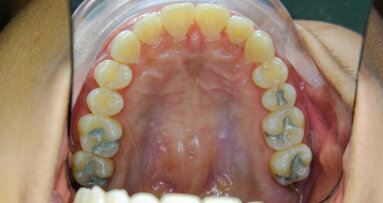
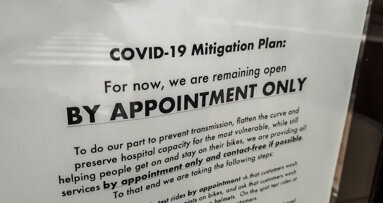

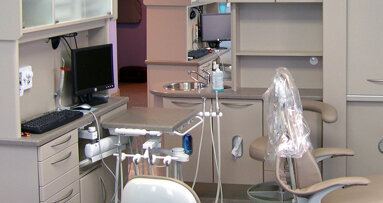

















To post a reply please login or register